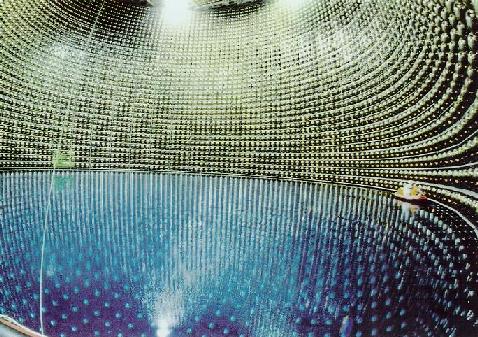
Cosmic Rays: These are atomic particles (generally protons and atomic nuclei) which arrive at the top of the Earth's atmosphere with enormous velocities, approaching that of light. They represent the highest individual particle energies known to mankind. They cannot penetrate the atmosphere to reach the surface, but interact in the upper atmosphere to produce secondary particles which can reach the ground. Our atmosphere thus protects life from their harmful effects. Their origin is not well known. A small proportion of the lower energy particles seem to originate in the Sun, but most are from farther afield. The most likely source seems to be from supernova explosions or pulsars. Many of the highest energy particles even seem to be from extragalactic sources, possibly from the Virgo galaxy cluster 60 million light years away, or from even more distant quasars. Whatever their source, they are a threat to life if unprotected by the Earth's atmosphere. In the future, they may be a serious concern to life when travelling between the stars. These cosmic rays can produce defects in genetic material resulting in mutations and even death.
 |
| The Kamiokande cosmic ray/neutrino detector of the Kamioka Underground Observatory, Japan. The 4,500 ton water Cerenkov detector was placed 1,000 m underground in Mozumi Mine of the Kamioka Mining and Smelting Co. The original purpose of Kamiokande was to investigate the stability of matter, one of the most fundamental questions of elementary particle physics. An upgrade of Kamiokande was started in 1985 to observe particles called neutrino (Solar, Atmospheric and other neutrinos) which come from astrophysical sources and cosmic ray interactions. As a result of this upgrade, the detector had become highly sensitive. In February, 1987,Kamiokande had succeeded in detecting neutrinos from a supernova explosion which occurred in the Large Magellanic Cloud. Solar neutrinos were detected in 1988 adding to the advancements in neutrino astronomy and neutrino astrophysics. |